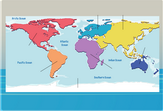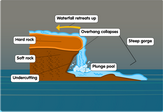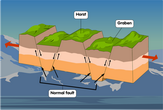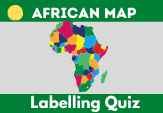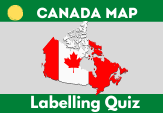Diagram of latitude and longitude
Latitudes and longitudes are pretty old tools in the history of navigation. Back before GPS was commonplace, travellers from as early as 600 BC used the stars, the sun, and the horizon to properly find their position and avoid getting lost along their routes.
The criss-crossing lines we can see on a map serve as references for any place’s longitude or latitude. To understand how to read latitudes and longitudes, we’ll need to know the purpose of these lines.
The vertical lines from the North to South Pole are referred to as meridians, with the Prime Meridian situated at Greenwich, England. Similarly, there are horizontal lines that we call parallels, with the most significant parallel being the Equator.
A location’s longitude presents how far east or west it is from the prime meridian, while its latitude represents how far north or south the place is from the Equator.
Some maps use latitude or longitude values that range from 0 degrees (at the Equator or Prime Meridian) to 90 or -90 degrees at opposite ends. Others go from 0 to 180 degrees, with the Equator or Prime Meridian at 90 degrees. It’s important to identify the values used to avoid miscalculating an object’s position.
Go ahead and peruse this diagram of latitude and longitude to understand how to read and pinpoint areas in a map more easily.


